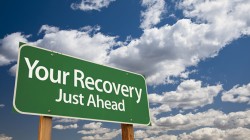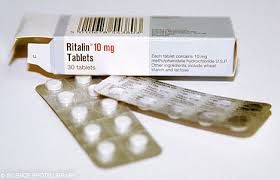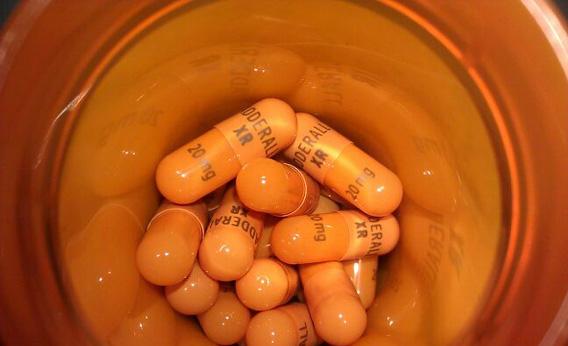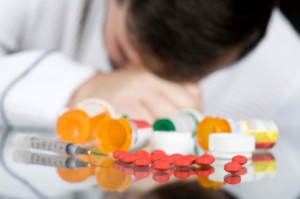What are the different Types of Rehab for Stimulants?
Recent research has given us a greater understanding of how stimulants exert their effects in the brain and on the person’s nervous system. The changes that take place in the person’s feelings, emotions, and behaviors can be targeted with a higher degree of effectiveness in treatment.
Regardless of the setting, modality, philosophy, or other methods, rehab for stimulants involves two stages of treatment including: the acute care, detoxification-stabilization stage and the rehabilitation stage. Each has its own expected outcomes.
Acute Care and Detoxification in a Rehab for Stimulants

Rehab aims to improve physical and psychological health.
In this stage the primary goal is to eliminate the signs and symptoms of physical, emotional, and psychological instabilities associated with the elimination of the stimulants from the user’s system and to motivate engagement into a continuing stimulant rehabilitation program.
Beyond the functional and structural damages stimulant abuse causes in the brain and central nervous system, the multiple intoxications, withdrawals, and unhealthy habits associated with stimulant abuse takes a toll on the person’s overall health. Maintaining vital systems and keeping the patient comfortable and safe during the acute phase is a top priority.
Stimulant detox in a rehab for stimulants may involve the use of medications to alleviate pain, nausea, and anxiety, or antipsychotic medications to prevent further harm in those exhibiting psychosis. Controlling the environment, reassuring safety, and providing the proper medical and psychiatric care is critical throughout this phase.
Rehabilitation in a Rehab for Stimulants
The rehabilitation stage addresses the important issues that led to the treatment admission in a rehab for stimulants with three outcome goals:
- The improvement in personal health and social function
- Elimination or reduction in stimulant use
- Reduction in public health and safety problems
In a rehab for stimulants, professionals are trained to be prepared for the many physiological and psychological conditions that can put the user or others at risk. Chronic stimulant users may exhibit violent or aggressive behaviors, stimulant psychosis including hallucinations, paranoia, and extreme panic, anxiety, or depression that puts them at risk of suicide.
Relapse prevention, counseling, behavioral therapies, and psychosocial services are the best approaches to treatment in a rehab for stimulants. According to SAMHSA’s Center for Substance Abuse Treatment, “Craving, a central aspect of addiction, is a very strong learned response with powerful motivational properties often associated with specific memories (i.e., conditioned cues and triggers). The euphoric senses produced by cocaine use are enough to cause the addict to become highly excited just by thinking about cocaine use.” Learning to avoid and cope with these “triggers” of use takes a lot of time and effort, therefore, in a rehab for stimulants, introduction to support groups such as Narcotics Anonymous is advocated for maintaining abstinence.



